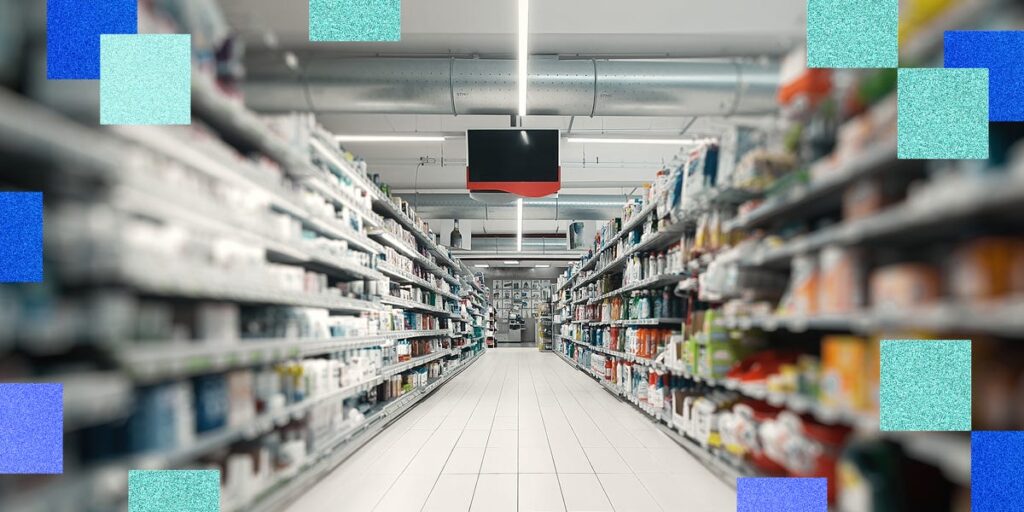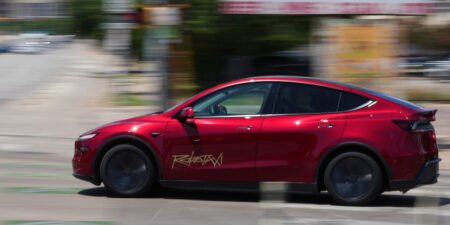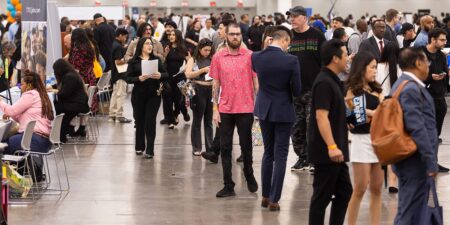The next time you stop by Lowe’s for a new house plant, supplies to prepare for hurricane season, or a part to fix a bathroom leak, the quantity and in-store location of the product will likely have been influenced by artificial intelligence.
The home-improvement retailer is using AI systems to develop a greater understanding of fast-changing customer needs and expectations and to optimize its store layouts accordingly. For example, in the case of a plant, AI could predict growing demand for a certain type of seasonal shrub and increase its orders as interest rises, then place the plants in the most obvious in-store location.
In the case of hurricane preparedness, sudden weather changes can be taken into account to order larger volumes of flashlights and weather radios. And plumbing items may be placed closer to the front of the store for leaks that require emergency attention during harsh and unpredictable seasons.
Chandhu Nair, the senior vice president of data, AI, and innovation at Lowe’s, told Business Insider that the technology is allowing the store chain to create more immersive shopping experiences that are also easy and quick to navigate.
This effort is being driven by front-of-house retail staff and white-collar workers behind the scenes, who are ensuring that AI augments rather than replaces their jobs.
A team-wide effort
Nair said that delivering a “simpler, faster, and more fun” physical retail experience requires large volumes of real-world data, like “store traffic patterns” and “local preferences,” provided by store associates and customers. It also needs the right tools for Lowe’s spatial planning teams to extract meaningful insights from it, he added.
Previously, these teams relied largely on manual processes for collecting this information, analyzing it, and putting the insights into practice. Consequently, Nair said it could take months for Lowe’s to see any meaningful results. But AI-powered spatial intelligence systems have reduced this to “a fraction of that time.”
Nair said this is paramount because new product trends are always emerging and disappearing, especially because of social media apps like TikTok. He said, “We can now swap layouts more frequently throughout the year, reflecting what customers in that area need at that time.”
Besides spatial intelligence and data analysis tools, Lowe’s is also exploring the potential of digital twins — a piece of software that generates a virtual version of a physical environment, such as a retail store. Nair said the company has used Nvidia’s 3D graphics platform, Omniverse, to create an early-stage app that offers sales and inventory data, automatically sorts stock, generates 3D versions of its physical assets, and more from a single platform.
If it ultimately gets adopted, “It would give merchants a way to test and refine layouts digitally before making changes in-store, helping surface the most relevant products in ways that align with how local customers shop,” he told BI.
AI for smarter shopping
Lowe’s isn’t the only retailer that believes in the potential of AI. Research from Honeywell, a multinational conglomerate, found that 80% of retailers will acquire AI systems over the coming months to better understand customers, create a more efficient shopping experience, and improve worker productivity.
Computer vision models, in particular, can also offer a lot of potential for retailers. Vinod Goje, a software engineering leader and AI solutions strategist, told BI that such systems are capable of generating heat maps that signal parts of the store with the most and least foot traffic, allowing workers to place products and design retail layouts more strategically.
Goje added that retailers can also install computer vision systems on shelves to ensure products are in the right place and replenished when stock runs low. The tech can also work with AI to show customers personalized offers on in-store smart screens, he said.
In the future, agentic AI systems, which are designed to make decisions independent of humans, could disrupt the retail sector even further. Sucharita Kodali, principal analyst at market research firm Forrester, told BI that AI agents could find people to fill in for ill employees, order merchandise when stock levels are low, and develop marketing plans in line with available stock.
Challenges to consider
Of course, as retailers like Lowe’s become more reliant on AI to improve efficiencies, concerns are growing that the technology could wipe out millions of blue-collar jobs in the next few years. That said, Nair emphasized that Lowe’s approach is to augment staff and not put them out of work; using AI for store-layout optimization requires “human creativity,” he said, in addition to “data-powered insights” and “efficient technology.”
Amid concerns about AI adoption, Nair emphasized that the company isn’t using “technology for technology’s sake,” but rather focusing on solutions that address staff’s biggest pain points, based on feedback from in-store and e-commerce teams.
Looking ahead
Although many of Lowe’s AI projects are still in their infancy, Nair is optimistic about their role in the century-old retailer’s future. He said his team will continue to “get better at connecting insights and predictions” to “adapt stores even faster” and create “smarter and more personal” experiences for its loyal customers.
To do this, Nair and his team will continue to experiment with new AI tools, improve them through “quicker feedback loops,” and strive to create “a high-value retail experience that keeps evolving with our customers.”
He told BI, “We’re excited about what’s ahead and how AI will help us keep solving problems and fulfilling dreams for the home.”
Read the full article here
















